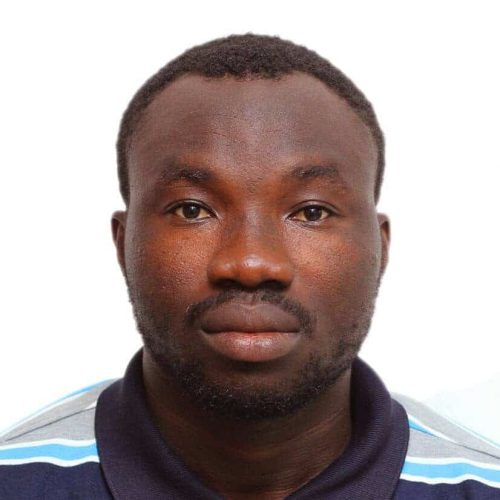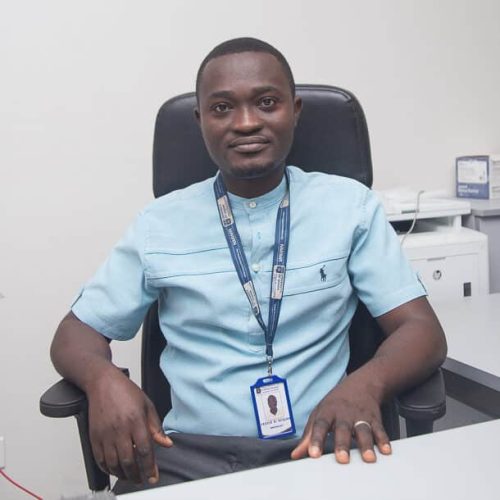Plasmodium falciparum Gametocytogenesis in vitro and in vivo


After almost a decade of declining malaria incidence, levels have plateaued at just over 200 million clinical cases and 400,000 deaths for the past 3 years, clearly indicating the importance of new control strategies, including targeting the large reservoir of infectious asymptomatic carriers. In the absence of symptoms these individuals remain unrecognized and untreated yet still contribute to transmission. In P. falciparum only mature transmissible, stage V gametocytes can be detected in the blood and levels have been shown to vary widely between individuals, but the underlying reasons for these differences in carriage remain unknown, including the role of immunity, and therefore have not been targeted to decrease gametocytemia. Defining the host and parasite factors involved in the initial commitment/production and maturation/survival of gametocytes is the first step toward designing new control strategies, including new drugs and vaccines. Prior to our recent work quantifying gc-rings in humans, field work had been limited to detecting V gametocytes due to the sequestration of stages I-IV. Mature stage V gametocyte levels are usually below detection by Giemsa-stained smears (<100/μl) (12). More sensitive assays require the isolation of RNA from blood samples for the detection of gametocyte specific genes such, as Pfs25
- stimulate the four parameters associated with gametocyte commitment in a previous study (parasitemia, fever, LysoPC, and chemokines, CX3CL1 and CXCL5) in vitro to determine if they are causally related to gametocytogenesis
- use targeted gene deletion/mutation and inducible regulation systems to assess gametocytogenesis in the presence and absence of each of the 3 enzymes, LSHD, HDA1, AROM, the two Pf CX3CL1 receptors (CBP1 & and the gdv1 allele to define their functional roles
- conduct longitudinal analysis of gametocyte dynamics in a cohort of school children through the malaria season
Collection of blood samples from study participants, Extraction of DNA from dried blood spots, analysis of blood samples for the presence of P. falciparum by PET PCR.



